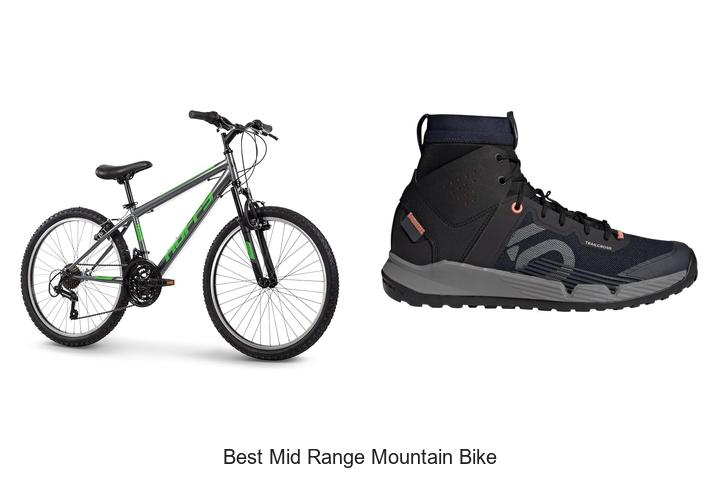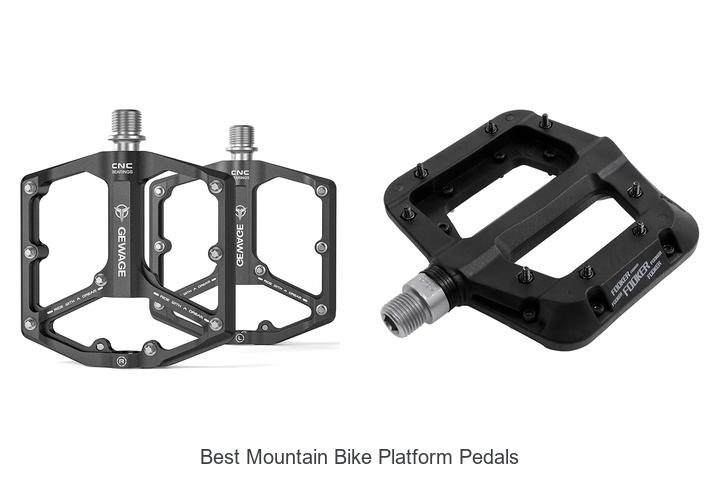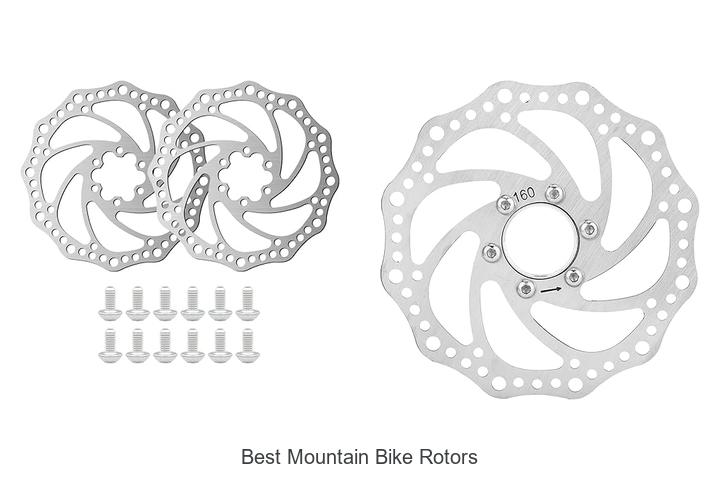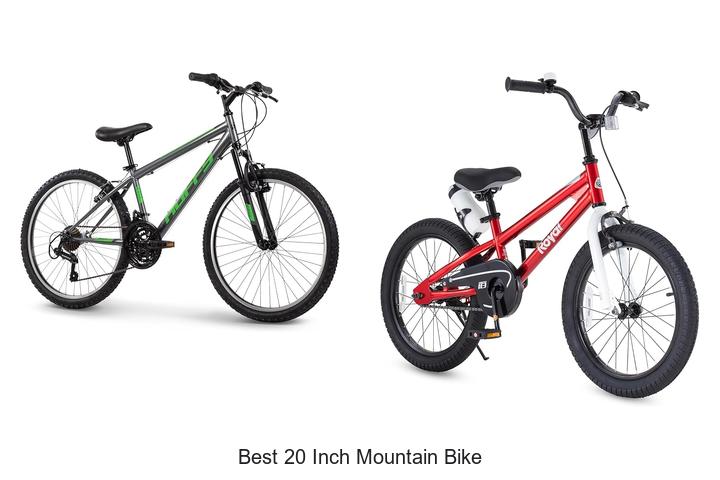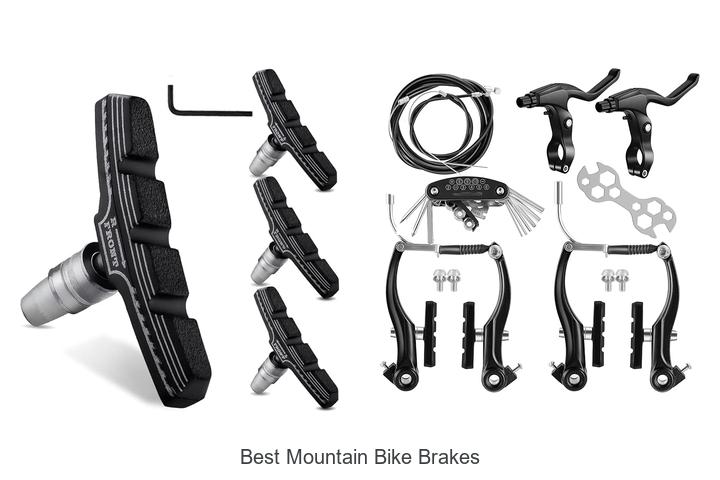How Much Does a Mountain Bike Weigh? Complete Guide 2025
Key Takeaways
- Mountain bike weight significantly affects maneuverability, climbing efficiency, and overall ride comfort, making it crucial for choosing the right bike.
- Frame materials like carbon fiber, aluminum, steel, and titanium greatly influence bike weight, each offering different trade-offs between weight, durability, cost, and ride quality.
- Suspension type adds considerable weight; full-suspension bikes weigh more than hardtails but provide better comfort and control on rough terrain.
- Mountain bike categories vary in weight: cross-country bikes are lightest (20-25 lbs), trail bikes moderate (25-30 lbs), and downhill bikes heaviest (30-35+ lbs) for durability and stability.
- Components such as wheels, tires, drivetrain, and brakes also impact total weight; high-end, lightweight parts reduce weight but often increase cost.
- Choosing the right bike weight involves balancing performance, durability, riding style, and budget to match your specific needs and terrain.
When you’re choosing a mountain bike, weight plays a bigger role than you might think. It affects how easily you can maneuver on trails how fast you can climb and even how comfortable your ride feels. Knowing the typical weight range helps you pick the right bike for your style and needs.
Mountain bikes come in various types and materials each influencing the overall weight. From lightweight carbon frames to sturdier aluminum models understanding these differences can make your decision easier. Let’s explore what factors impact a mountain bike’s weight and what you can expect when shopping for one.
Understanding Mountain Bike Weight
Mountain bike weight varies due to several factors, impacting your ride quality and performance. Knowing what affects bike weight helps you choose the best fit for your needs.
Factors Influencing Mountain Bike Weight
Frame material determines weight; carbon fiber frames weigh between 20 to 25 pounds, while aluminum frames typically range from 25 to 30 pounds. Suspension type also plays a role: full-suspension bikes add 4 to 6 pounds compared to hardtails. Wheel size and tire thickness contribute additional weight—29-inch wheels weigh slightly more than 27.5-inch ones, and wider tires increase weight but boost traction. Components like brakes, drivetrain, and seat posts bring incremental weight changes, with high-end parts cutting grams but raising price. Accessories such as racks, lights, and water bottle cages further affect total weight.
Importance of Bike Weight in Performance
Lighter bikes enhance climbing efficiency, reducing energy expenditure on steep trails. Agility improves with less weight, allowing quicker turns and better control. Acceleration benefits from a reduced mass, enabling faster downslope speeds. Durability often increases with heavier frames built to withstand rough terrain, though sacrificing some speed and maneuverability. Your performance depends on balancing weight with durability and riding style; trail riders may prefer sturdier, heavier bikes, while cross-country riders benefit from lighter setups.
Average Weight Range of Mountain Bikes
Mountain bike weights vary significantly by category, affecting performance and suitability for different terrains. Knowing the average weight range helps you choose a bike that matches your riding style and preferences.
Cross-Country Bikes
Cross-country bikes usually weigh between 20 and 25 pounds (9 to 11 kg). These bikes prioritize lightness for faster climbing and efficient pedaling, featuring carbon or lightweight aluminum frames and minimal suspension travel. If you focus on speed and endurance, cross-country bikes offer an optimal balance of weight and performance.
Trail Bikes
Trail bikes typically weigh from 25 to 30 pounds (11 to 14 kg). They combine moderate suspension travel with sturdy frames, often aluminum or mixed materials, to handle varied terrain. If you need versatility and control over technical trails without excessive weight, trail bikes provide strong durability and manageable heft.
Downhill Bikes
Downhill bikes range from 30 to 35 pounds (14 to 16 kg) or more. Built for aggressive riding and high-impact descents, these bikes use robust aluminum or steel frames and longer suspension travel. If you require maximum strength and shock absorption for steep, rough terrain, downhill bikes deliver stability at the cost of higher weight.
Materials That Affect Mountain Bike Weight
The materials used in a mountain bike frame directly influence its weight, performance, and durability. Understanding the differences helps you choose a bike that matches your riding style and weight preferences.
Aluminum Frames
Aluminum frames rank among the most common in mountain bikes due to their balance of weight and strength. They typically weigh around 3 to 4.5 pounds (1.4 to 2 kg) for the frame alone. You get a lightweight bike that resists corrosion and maintains structural integrity on rough trails. However, aluminum frames tend to be stiffer, which might reduce comfort on long rides but improves pedaling efficiency.
Carbon Fiber Frames
Carbon fiber frames offer the lightest option, often weighing 2 to 3 pounds (0.9 to 1.4 kg) per frame. You experience superior stiffness-to-weight ratio and vibration dampening that enhances comfort and responsiveness. Most high-end cross-country and trail bikes use carbon fiber to maximize speed and agility. Carbon fiber’s cost and fragility in crashes could affect your choice if you prioritize durability over weight savings.
Steel and Titanium Frames
Steel frames weigh between 4.5 and 6 pounds (2 to 2.7 kg), making them heavier but highly durable and flexible. You get excellent shock absorption and strength, suitable for riders who value toughness and ride comfort over minimal weight. Titanium frames offer a premium alternative that weighs 3 to 4 pounds (1.4 to 1.8 kg). Titanium combines steel’s ride quality with lower weight and exceptional corrosion resistance, though at a higher price point than aluminum or carbon fiber.
Components Impacting Overall Weight
Mountain bike weight depends heavily on key components. Each element influences your bike’s mass, performance, and handling.
Suspension Systems
Suspension systems add significant weight to mountain bikes. Hardtail models include a front suspension fork only, which weighs around 4 to 6 pounds (1.8 to 2.7 kg). Full-suspension bikes feature both front and rear shocks, adding 5 to 7 pounds (2.3 to 3.2 kg) more than hardtails. The choice between air and coil shocks also affects weight; air shocks weigh less, typically 1 to 1.5 pounds (0.45 to 0.68 kg), while coil shocks weigh around 2 to 3 pounds (0.9 to 1.4 kg). Suspension travel length influences weight as well, with longer travel systems generally heavier due to more robust components.
Wheels and Tires
Wheels and tires contribute notably to overall bike weight and rotational mass. Lightweight carbon rims reduce weight by 200 to 400 grams per wheel compared to aluminum rims but incur higher costs. The size of wheels—commonly 27.5 inches or 29 inches—affects weight; 29-inch wheels usually weigh more due to larger rim and tire sizes. Tires vary by tread pattern and casing; durable tires for aggressive terrain add 100 to 200 grams each relative to cross-country tires designed for speed. Tubeless setups typically reduce weight and rolling resistance by eliminating inner tubes.
Drivetrain and Brakes
Drivetrain components impact weight through material choice and system complexity. A 1×12-speed drivetrain often weighs 100 to 200 grams less than a 2x drivetrain due to fewer chainrings and shifters. High-end groupsets use lightweight materials like carbon and titanium, trimming up to 300 grams. Brakes differ mainly between hydraulic disc and mechanical disc types, with hydraulic systems weighing roughly 400 to 600 grams more due to added fluid and heavier calipers. Rotor size also matters; larger rotors improve stopping power but add weight by 30 to 50 grams each.
How to Choose the Right Weight for Your Needs
Selecting the right mountain bike weight depends on your riding style, terrain, and priorities. Focusing on balance helps you find a bike that matches your performance goals and durability requirements.
Balancing Weight and Durability
Prioritize lightweight frames if you want speed and agility on climbs and technical trails. Carbon fiber frames suit riders valuing weight savings, offering stiffness for efficient pedaling but requiring careful handling due to fragility. Choose aluminum or steel if you face rough terrain and need durability; these materials handle impacts better and resist damage. Consider full-suspension models for comfort on rough descents, knowing they add 5 to 7 pounds compared to hardtails. Wheels and tires also impact durability and weight: heavier tires improve puncture resistance but increase effort, while lighter carbon rims reduce weight but cost more and may be less resilient in harsh conditions.
Weight vs. Cost Considerations
Understand that reducing weight often increases the bike’s price. Carbon fiber frames and high-end components like lightweight drivetrains and brakes add hundreds to thousands of dollars. Aluminum offers a lower-cost balance of weight and strength. Steel and titanium frames cost more but provide longevity and ride quality worth the investment for some riders. Set a budget that aligns with the weight and performance level you need. Upgrading components later lets you manage costs without compromising your current ride quality.
Conclusion
Choosing the right mountain bike weight comes down to your riding style and the terrain you’ll tackle. Lighter bikes boost speed and agility, while sturdier, heavier models offer durability and control on rough trails.
Keep in mind that frame materials and components play a big role in overall weight and performance. Balancing cost with your needs ensures you get the best value without compromising ride quality.
Ultimately, understanding how weight impacts your mountain biking experience helps you make a confident choice that keeps you riding strong and enjoying every trail.
